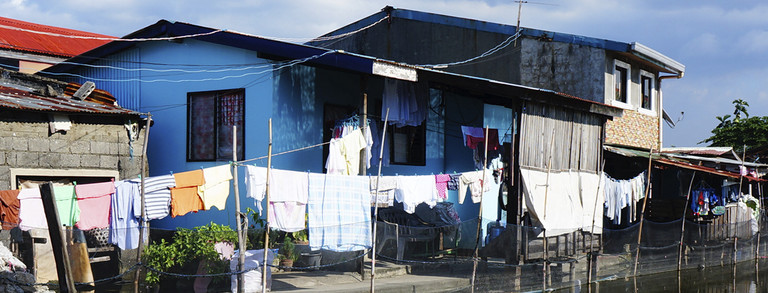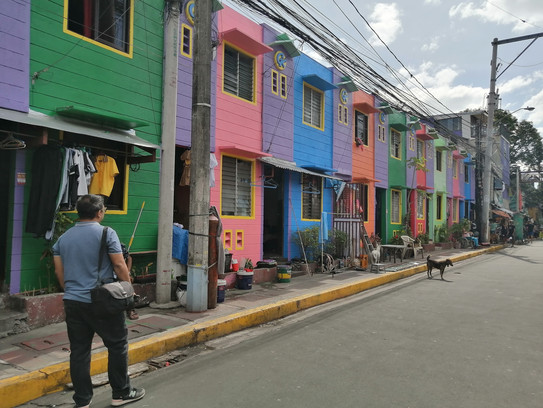Metro Manila
Metro Manila and its large proportion of inhabitants in disaster-prone informal settlements critically challenge resilience planning. It is vulnerable to natural disasters (particularly floods and flooding) and has for long dealt with the problem of informal settlements. As the National Capital Region of the country, Metro Manila, the largest and fastest growing metropolitan area in the Philippines. The metropolitan region has for decades attracted migrants from the provinces, not all of whom have found formal housing. The National Economic and Development Authority (NEDA) estimated that there were 2.8 million informal settlers, or 556,526 informal settler families (ISFs), living in Metro Manila. Out of this number, 104,000 families are occupying areas identified as danger zones, such as railroad tracks, garbage dumps, canals, rivers and creeks and other flood-prone areas.
Many of these ISFs also live in houses made of light materials, and are therefore particularly vulnerable. Despite precarious living situation of ISFs, disaster-driven upgrading is currently still a low priority of planning in the Philippines.
The focus is on finding large scale, lasting solutions to this perennial problem, yet these often entail moving people far from their livelihoods and thus have limited success. As such, there is a demand for new approaches and insights that help gain traction on how to support effective upgrading and/or retreat in the current context.






